Top 10 Most Stunning Coastlines in the UK for Your Bucket List
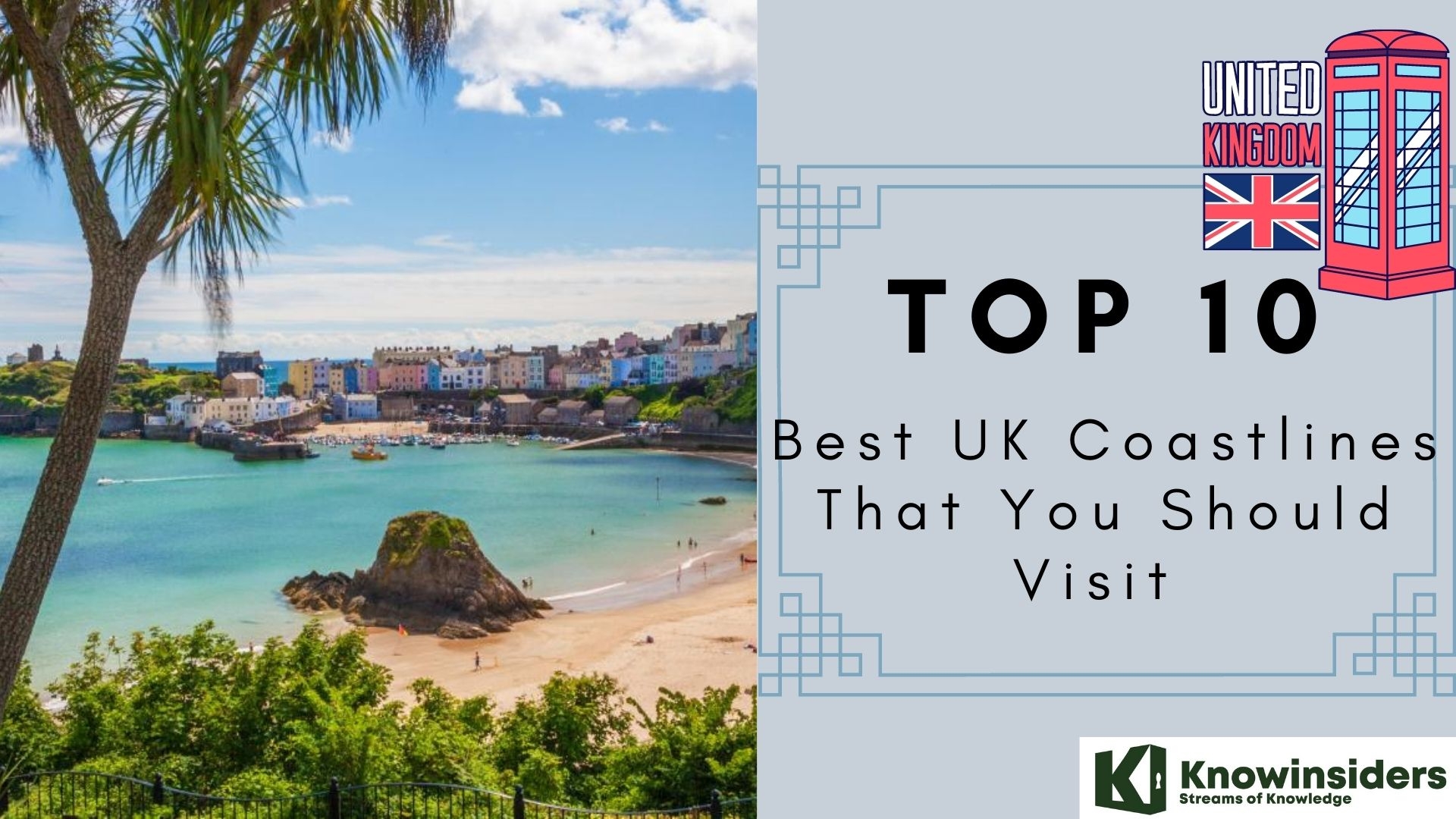 |
| The Most Beautiful UK Coastlines That You Can Visit Right Now |
Stay In Cornwall, a popular cottage rental company, has recently unveiled its curated list of the top 10 coastlinesin the United Kingdom. The ranking was meticulously compiled after thoroughly analyzing all of the UK's coastal areas.
Key criteria evaluated included the number of national parks nearby, total length of coastal walking paths, prestigious awards received, and popularity measured through Instagram hashtags. Each coastline was then assigned a comprehensive final score based on these factors.
According to the final results, Devon proudly secured the top position, recognized as the UK's best coastline for scenic beauty and visitor appeal.
Top 10 Most Beautiful UK Coastlines
1. Devon
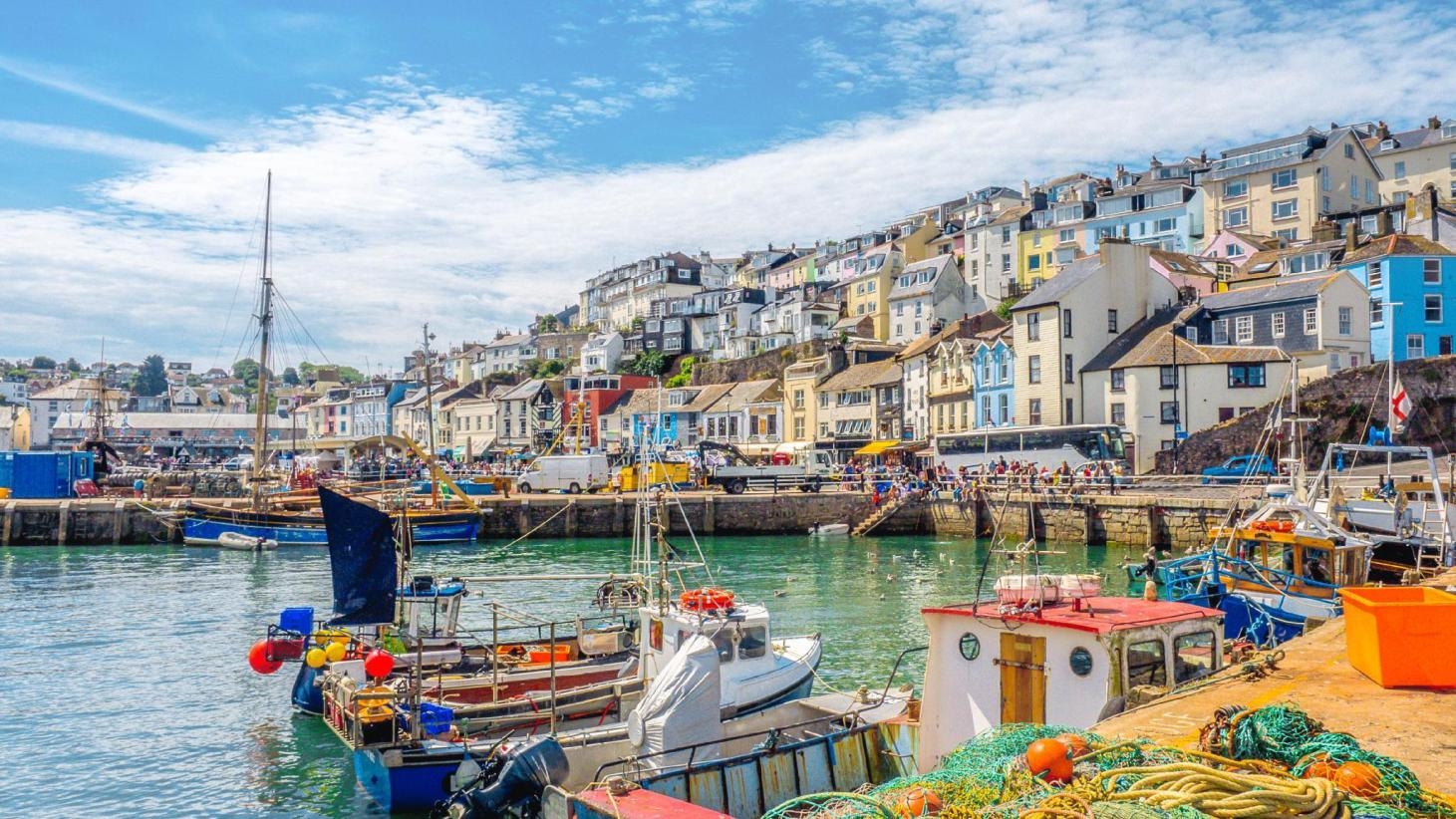 |
| Photo: Shutterstock |
Devon, located in South West England, stretches between the Bristol Channel and the English Channel, bordered by Cornwall, Somerset, and Dorset. Its main city is Exeter, and the county covers 6,707 km² with around 1.2 million residents. Notable areas include North Devon, South Hams, and independent authorities like Plymouth and Torbay.
The name Devon originates from Dumnonia, reflecting its ancient Celtic roots. Once home to the Celtic Dumnonii tribe, Devon became part of Wessex in the Anglo-Saxon period. In 936, King Æthelstan officially set Devon’s border with Cornwall at the River Tamar, forming the modern shire.
Famous for its stunning coastlines, Devon features dramatic cliffs, sandy beaches, and scenic towns like Torquay and Sidmouth. Inland, its landscape is rural and hilly, highlighted by moorlands such as Dartmoor and Exmoor. Devon’s economy thrives on agriculture and tourism, attracting visitors to iconic spots like the Jurassic Coast, English Riviera, and UNESCO Biosphere Reserve in North Devon.
2. Hampshire
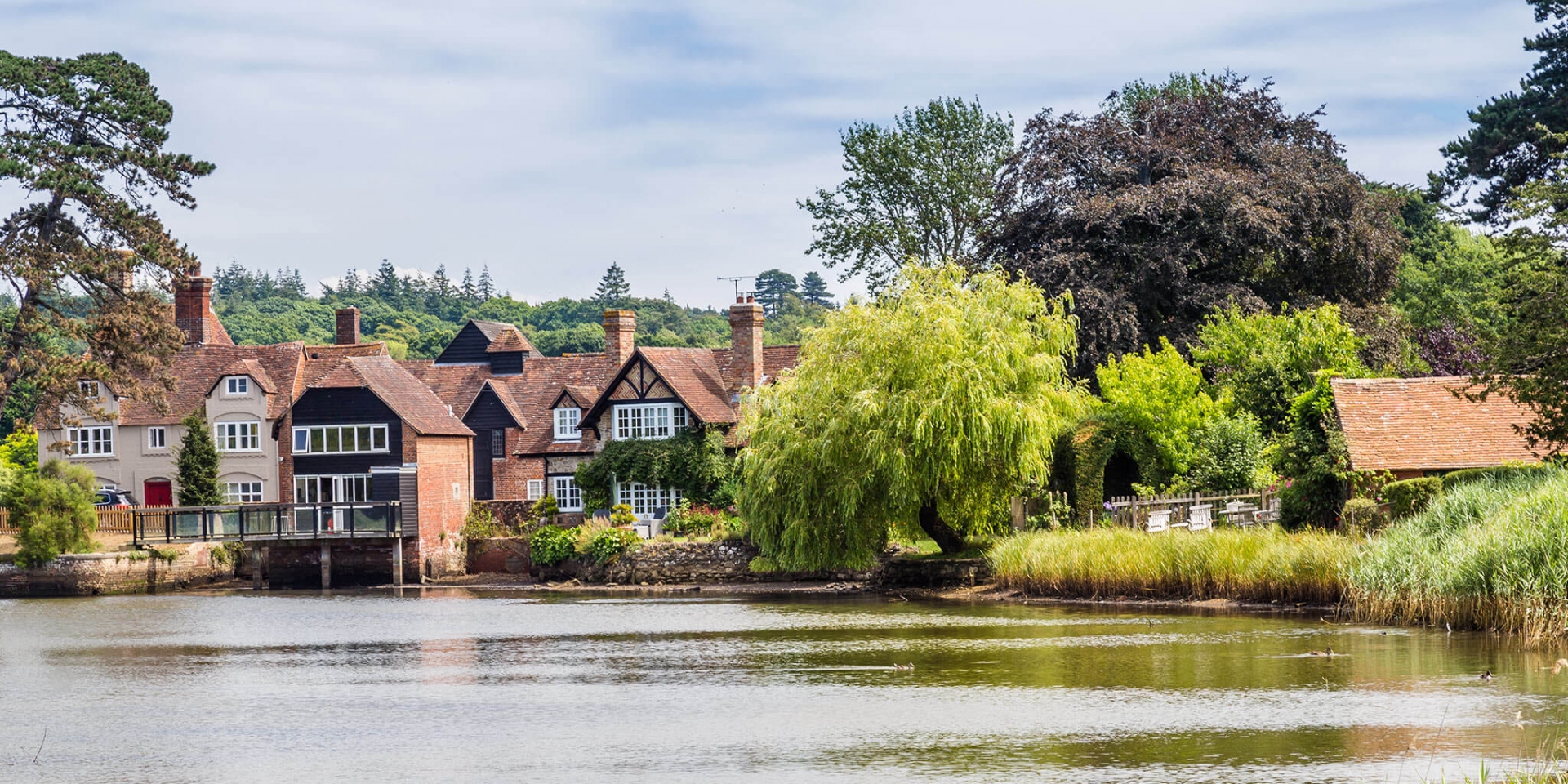 |
| Photo: Shutterstock |
Hampshire, located in South East England, borders the English Channel and is renowned for its rich history and scenic beauty. Its county seat is Winchester, though Southampton and Portsmouth function as independent unitary authorities. Historically settled around 14,000 years ago, Hampshire flourished during Roman Britain with Winchester, then known as Venta Belgarum, serving as a key hub.
Hampshire’s economy today thrives on maritime industries, agriculture, and tourism, featuring a lower unemployment rate than the UK average. Visitors are drawn to its seaside resorts, picturesque countryside, and national parks, including the New Forest and parts of South Downs, which cover nearly half the county.
Popular tourist attractions include the historic village of Beaulieu—home to the renowned National Motor Museum—Buckler's Hard shipbuilding village, Southampton's medieval architecture, and cultural landmarks like the Sea City Museum and Tudor House. Hampshire also boasts connections to literary figures Jane Austen and Charles Dickens, enriching its cultural heritage.
3. Cornwall
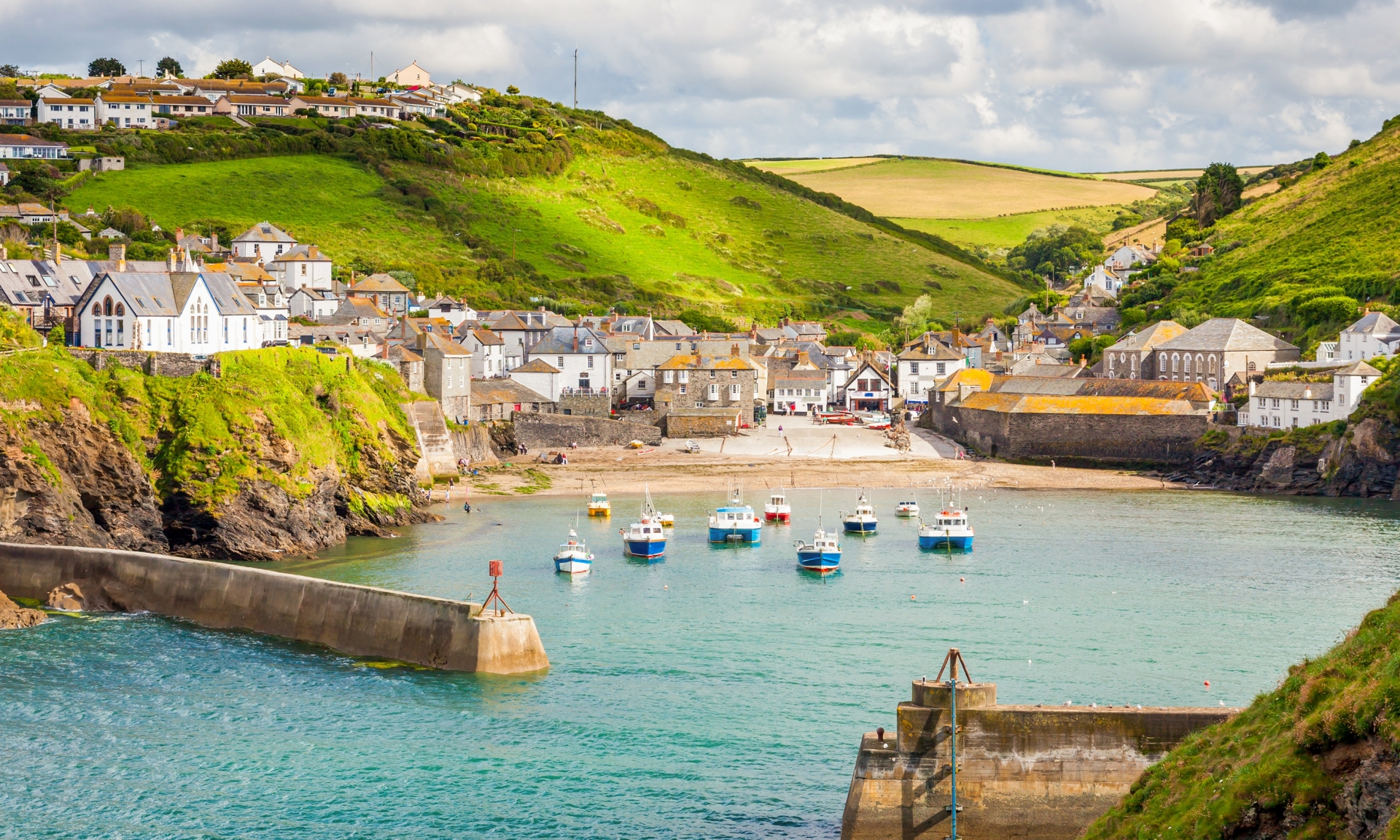 |
| Photo: Getty Images |
Cornwall, located in South West England, is a historic county and a Celtic nation, bordered by Devon, the Atlantic Ocean, and the English Channel. The River Tamar separates it from Devon. Truro is Cornwall’s only city and its capital. With a population of around 568,000, the county covers 3,563 km² and has been administered by Cornwall Council since 2009.
Cornwall is famous for its stunning coastline, wild moorlands, and mild climate. Much of its landscape, including Bodmin Moor, is protected as Areas of Outstanding Natural Beauty. Historically a Brythonic kingdom, Cornwall has a strong cultural identity, with a nationalist movement seeking a devolved assembly.
Once a mining powerhouse, Cornwall is now driven by tourism. Popular spots include Land’s End, Lizard Point, Tintagel, St Ives, and Newquay. Surfing beaches like Fistral Bay and Watergate Bay attract visitors year-round, while quieter places like Crantock Beach and Holywell Bay offer natural beauty and a more peaceful experience.
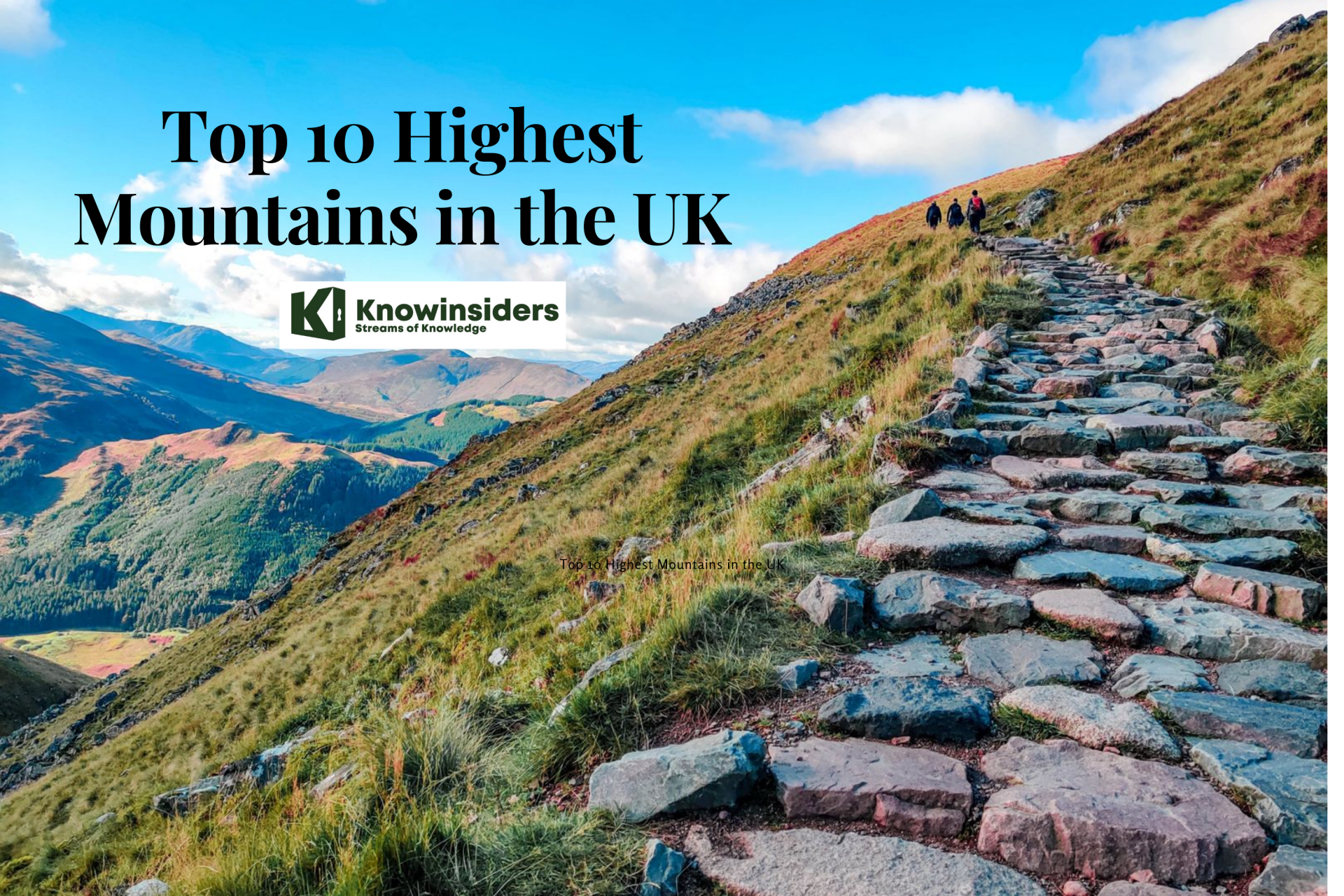 Top 10 Highest Mountains in the UK Top 10 Highest Mountains in the UK The UK is home to over 200 mountains that rise above 1,000m – with the majority of these in Scotland. Check out the list of ... |
4. Highland
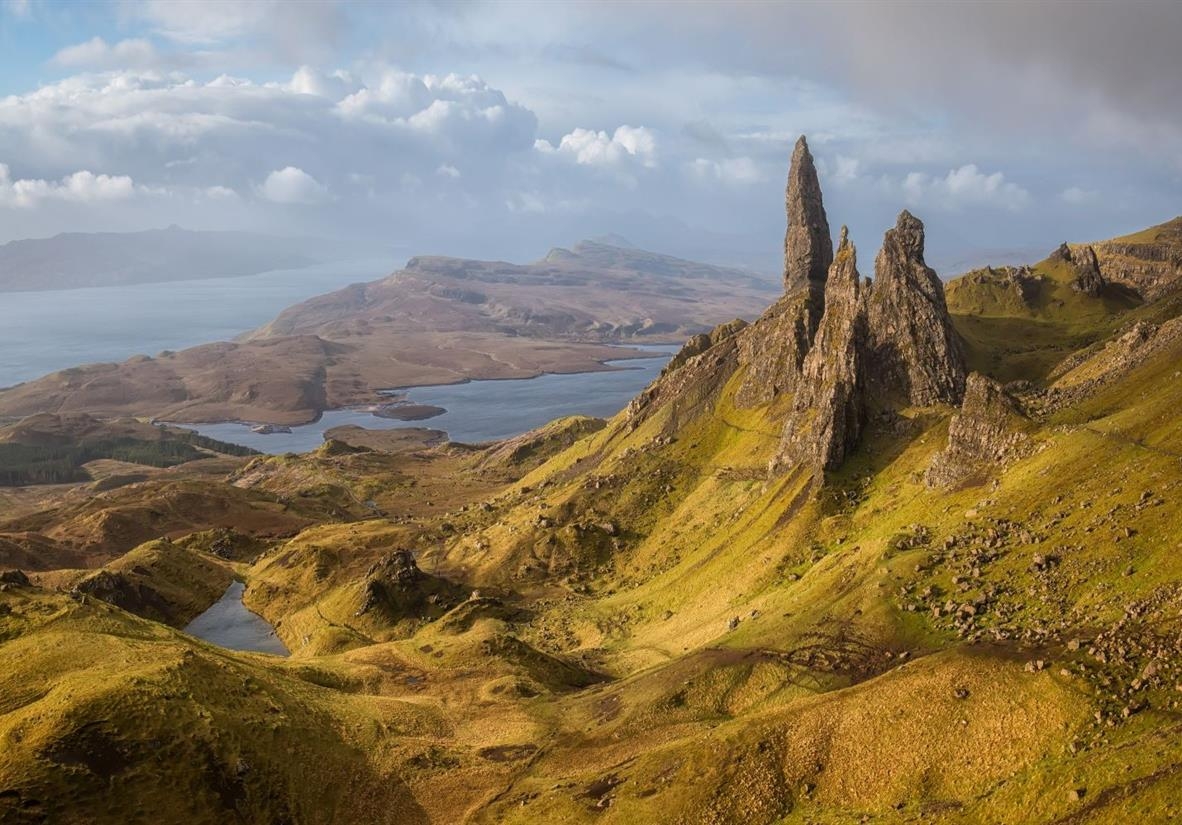 |
| Photo: Shutterstock |
The Scottish Highlands are a historic and culturally rich region, known for their rugged beauty and Gaelic heritage. Traditionally called A' Ghàidhealtachd, meaning "the place of the Gaels," the Highlands include the Western Isles and areas north of the Highland Boundary Fault.
Famous for towering mountains like Ben Nevis, Britain’s highest peak, the Highlands remain sparsely populated, with a density of just 9.1/km² as of 2012. The Highland Clearances of the 18th and 19th centuries forced many to emigrate, leaving behind a landscape steeped in history and loss.
The Highlands are Britain's only taiga biome, home to remnants of the Caledonian Forest. The region’s ancient rocks, such as Lewisian gneiss, add geological wonder.
Visitors come for the dramatic scenery, nature hikes, and cultural traditions like the Highland Games. From wildflowers in spring to autumn train rides, each season reveals something unique about this breathtaking and storied land.
5. Kent & Pembrokeshire
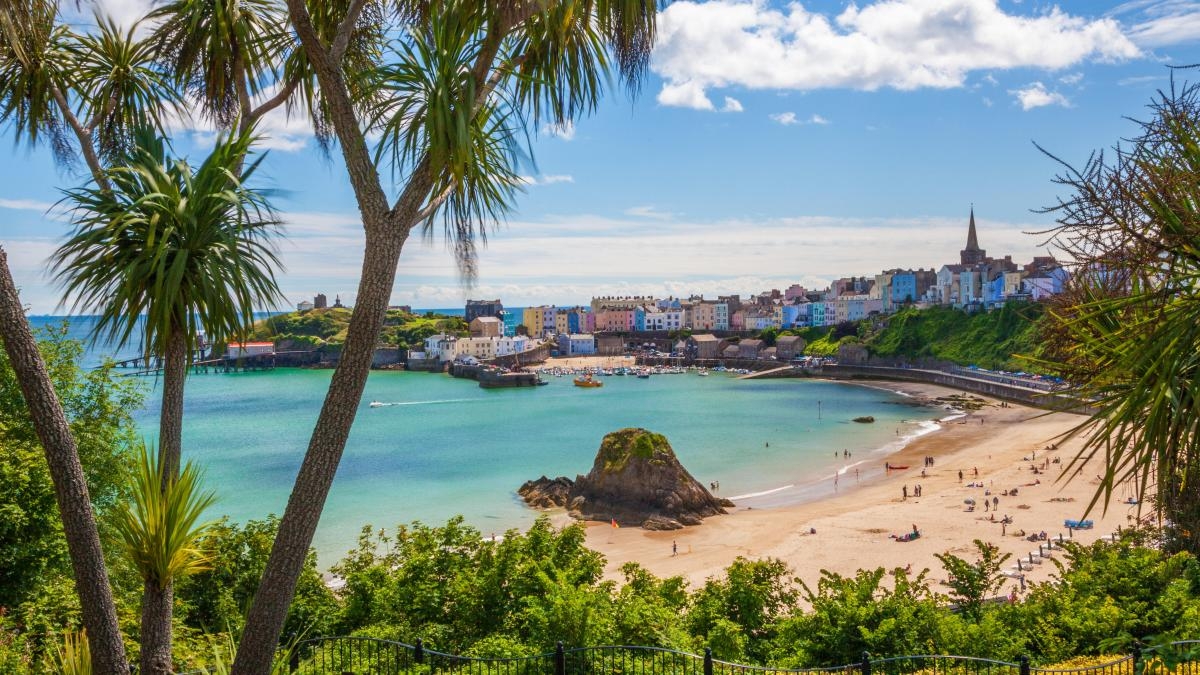 |
| Photo: The Times |
Kent, one of the home counties in South East England, borders Greater London, Surrey, East Sussex, Essex, and France across the Strait of Dover. Its county seat is Maidstone. Kent is England’s most populous non-metropolitan county and the most populous home county.
Settled by the Jutes after the Romans, Kent is home to Canterbury Cathedral, England’s oldest, and Rochester Cathedral, the second-oldest. Its location between London and the Strait of Dover made it key to both war and diplomacy, from the Battle of Britain to peace talks at Leeds Castle.
Kent’s landscape includes the North Downs, Greensand Ridge, and the White Cliffs of Dover. The county also has 26 historic castles, mainly in Holmesdale Vale.
In southwest Wales, Pembrokeshire borders Carmarthenshire, Ceredigion, and the sea. It features Pembrokeshire Coast National Park and the famous coastal path. The local economy now focuses on agriculture, energy, and tourism, while Welsh culture remains stronger in the north.
6. Cumbria
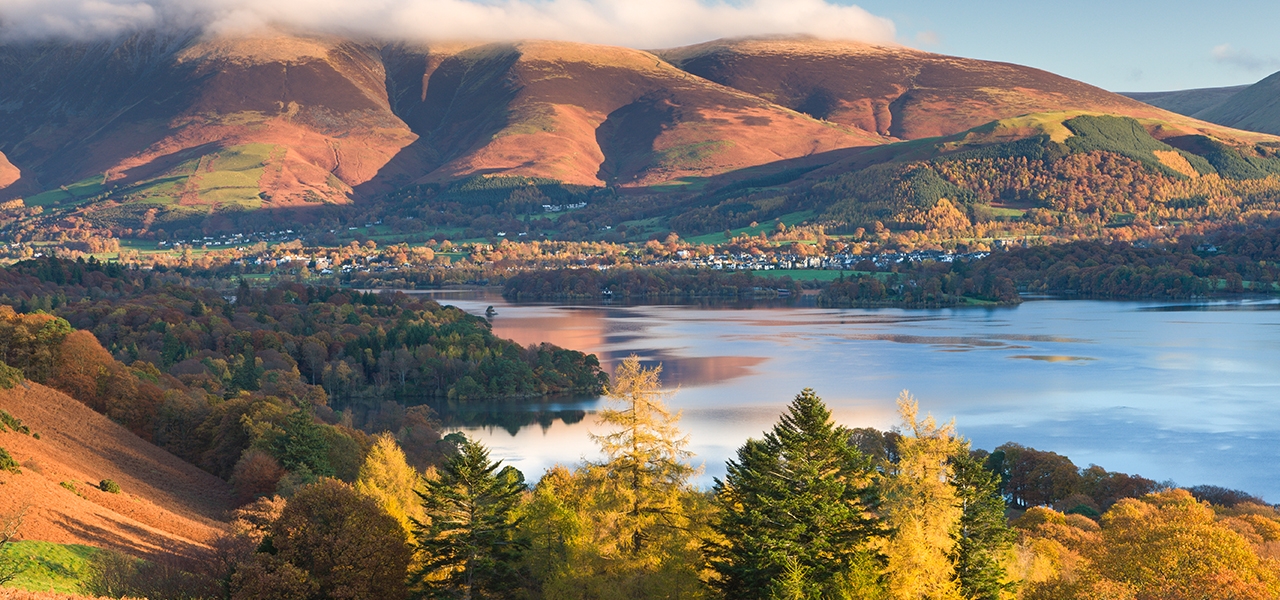 |
| Photo: Creative Tourist |
Cumbria, in North West England, is a ceremonial and non-metropolitan county created in 1974. Carlisle, in the north, serves as the county seat, while Barrow-in-Furness is the other major town in the southwest.
With a population of just over 500,000 in 2019, Cumbria is one of England’s least densely populated counties. It consists of six districts but is transitioning into two unitary authorities: Cumberland and Westmorland and Furness.
Cumbria is England’s third largest county by area, bordered by counties like Northumberland and Lancashire, as well as Scotland and the Irish Sea. It is mostly rural and mountainous, home to the famous Lake District National Park, a UNESCO World Heritage Site.
Cumbria's rich history includes Roman forts, medieval castles, and Hadrian’s Wall. Beyond the lakes, places like Carlisle, Kendal, and Penrith highlight the county’s varied landscapes and cultural heritage.
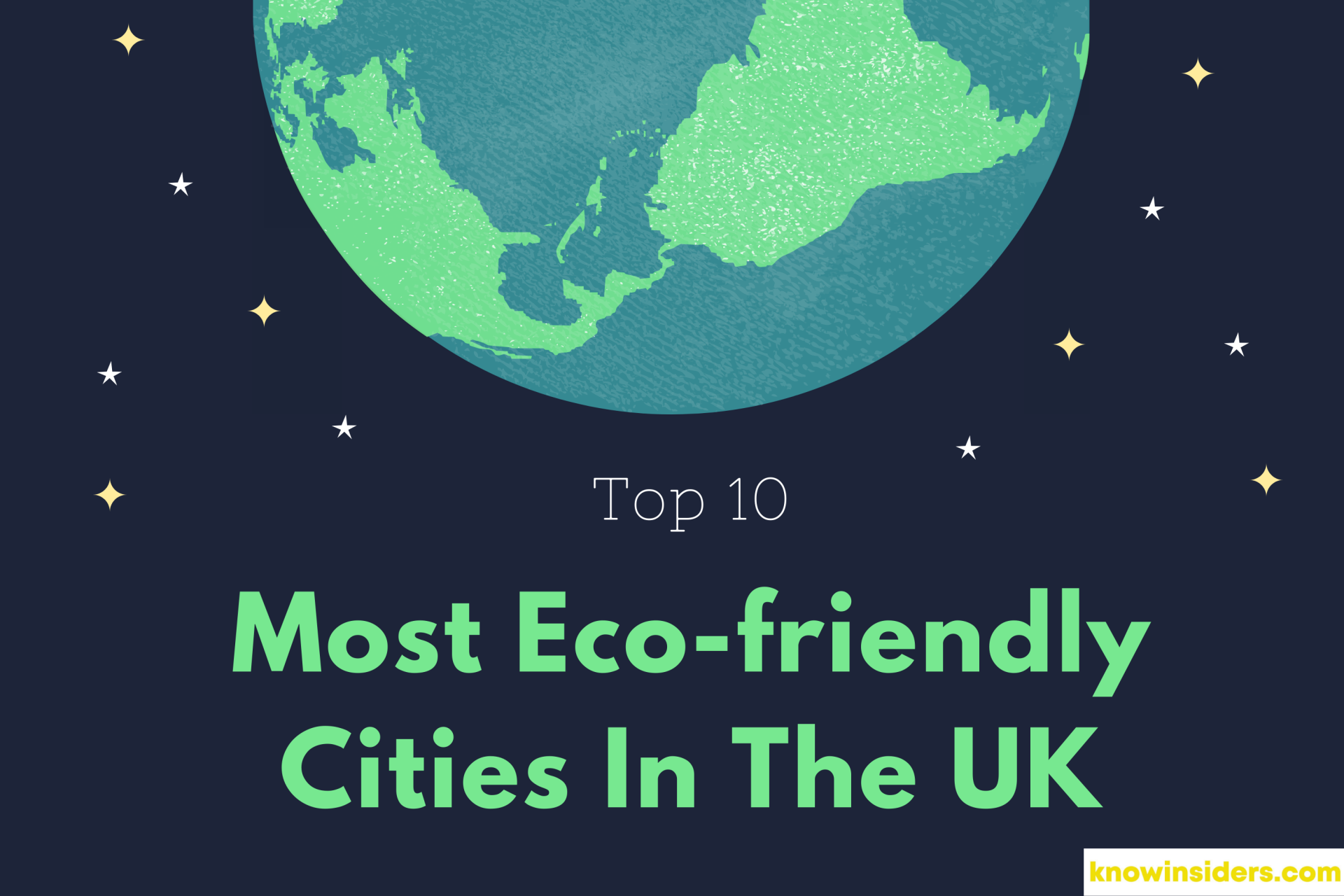 10 Most Eco-Friendly Cities In The UK 10 Most Eco-Friendly Cities In The UK Which cities in the UK are the most eco-friendly? Let’s find out top 10 greenest UK cities in the article below! |
7. Norfolk
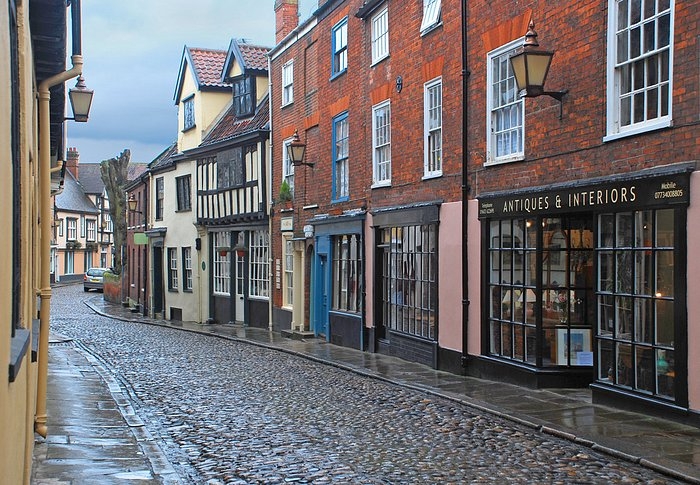 |
| Photo: TripAdvisor |
Norfolk, a rural county in East Anglia, is one of England’s largest ceremonial counties, covering 5,371 km². It borders Lincolnshire, Cambridgeshire, Suffolk, the North Sea, and The Wash. Norwich, the county seat, leads Norfolk’s population of around 859,400.
The Broads, a network of rivers and lakes extending into Suffolk, is protected like a national park and offers quiet escapes. Norfolk’s beauty lies in its peaceful wetlands, empty beaches, and flint villages, far from the crowded landscapes of Britain’s mountains.
Norfolk enjoys a drier climate than much of England, with warm summers and colorful springs. The Norfolk and Norwich Festival each May brings music and theater to the region.
Visitors can ride steam trains through the Broads, explore wildlife at Green Quay, or visit grand estates like Blickling Hall and Oxburgh Hall. For coastal solitude, Winterton Dunes is perfect, especially in winter when grey seals nurse their pups.
8. Sussex
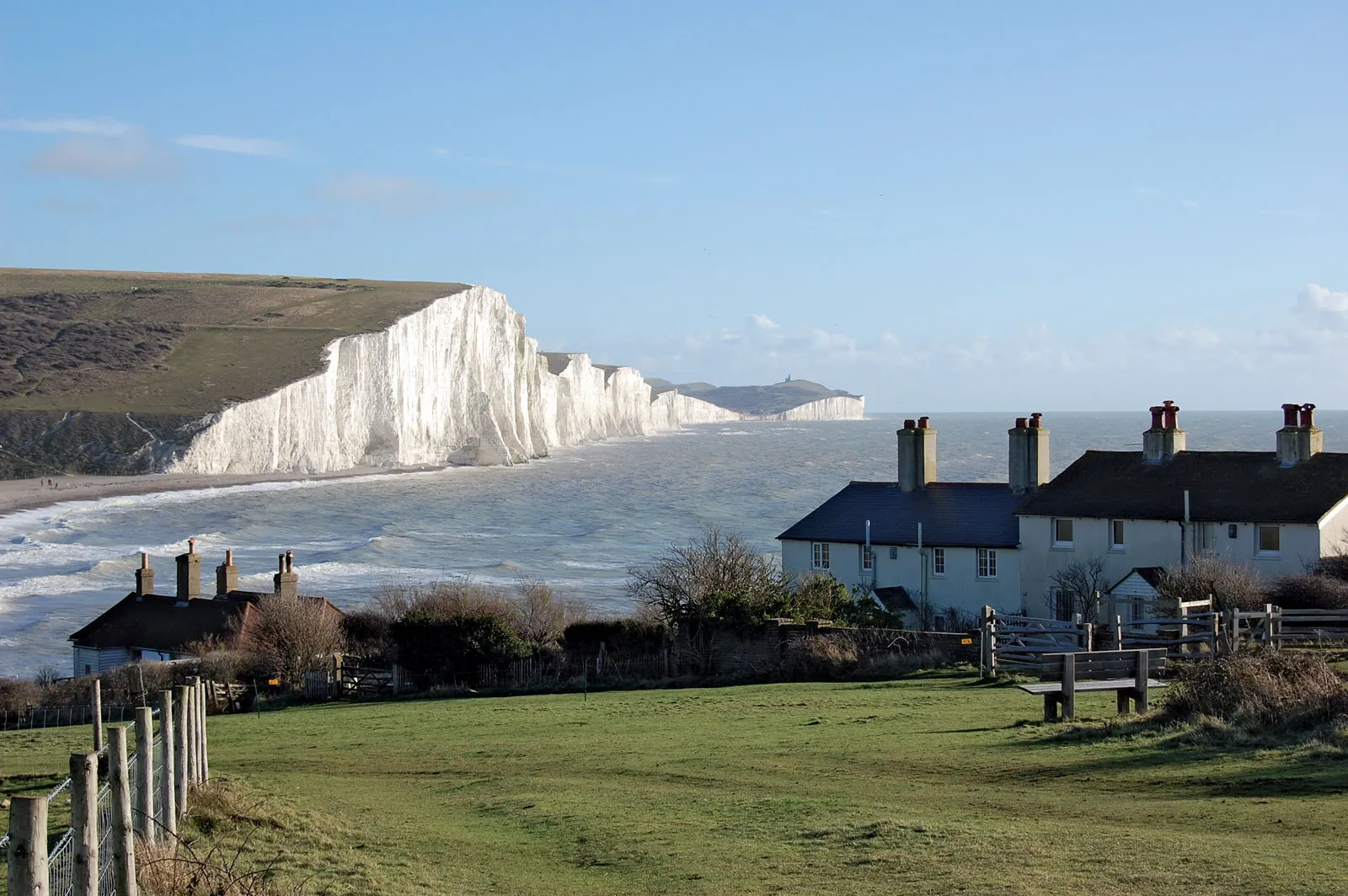 |
| Photo: Britannica |
Sussex, once the Anglo-Saxon kingdom of the South Saxons, is now a historic county in South East England, bordered by Hampshire, Surrey, Kent, and the English Channel. It is divided into West Sussex and East Sussex. Brighton and Hove, part of East Sussex, became a city in 2000 and is now Sussex’s largest city.
Sussex played key roles in British history, from Roman occupation to the Norman conquest at Hastings in 1066. Its landscape features the South Downs, the High Weald’s ancient woodland, and scenic meadows.
Arundel, near Chichester, is a popular destination with its Norman castle, Gothic cathedral, and charming tea rooms. The South Downs offer rolling countryside and village pubs, while Arundel Castle’s grand interiors and gardens attract many visitors.
Hastings, a historic seaside town, is known for the 1066 battle and remains a vibrant fishing port. Its Old Town and Jerwood Gallery showcase local heritage and modern art.
9. Dorset
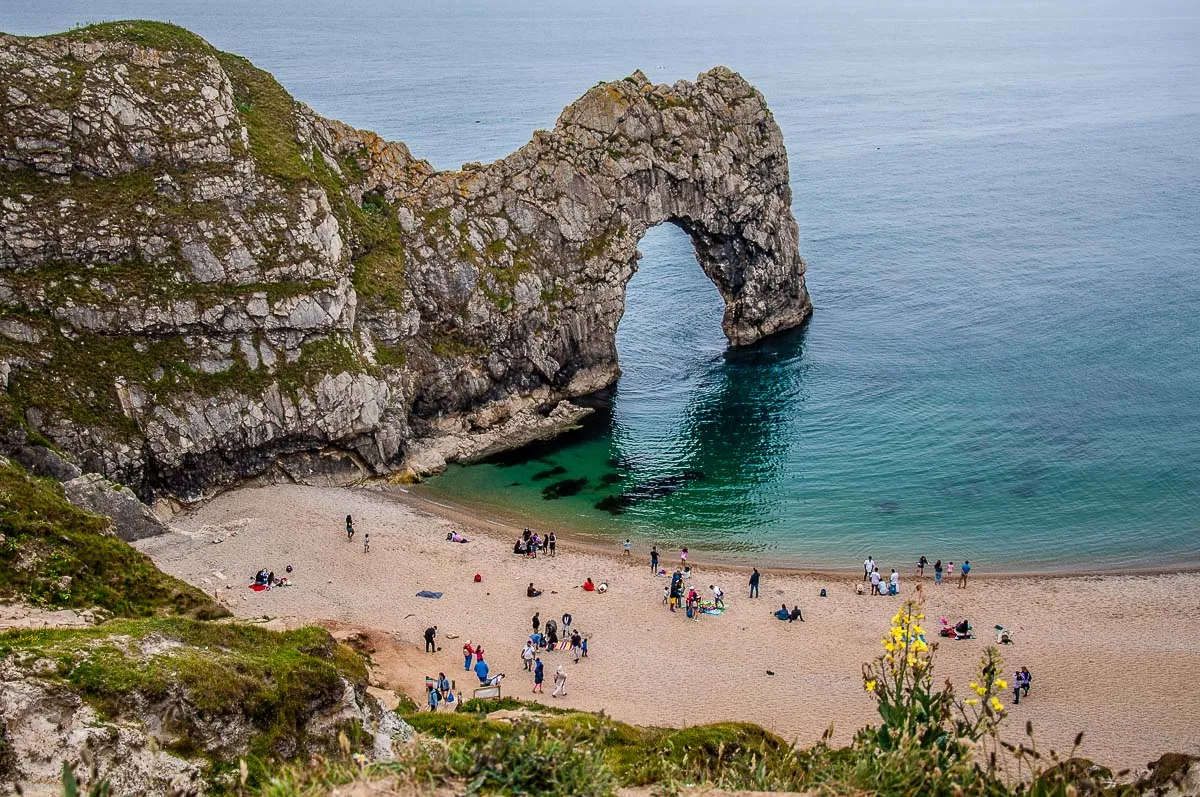 |
| Photo: Rossi Writes |
Dorset, in South West England, borders the English Channel and is surrounded by Devon, Somerset, Wiltshire, and Hampshire. Its county seat is Dorchester. Since 1974, Bournemouth and Christchurch have been part of Dorset, though much of the county remains rural. Half of Dorset’s population lives in the South East Dorset conurbation.
Settled since the Neolithic, Dorset has seen Roman conquest, Saxon settlement, Viking raids, and the arrival of the Black Death in 1348. It witnessed civil unrest during the English Civil War, the Monmouth Rebellion, and the Tolpuddle Martyrs' trade union movement.
The county has chalk downs, limestone ridges, and clay valleys. Over half is protected as an Area of Outstanding Natural Beauty. The Jurassic Coast, a UNESCO World Heritage Site, includes landmarks like Durdle Door and Lulworth Cove. Dorset thrives on tourism, with no motorways but ports and rail links. Dorset is also home to literary figures William Barnes and Thomas Hardy.
10. Gwynedd
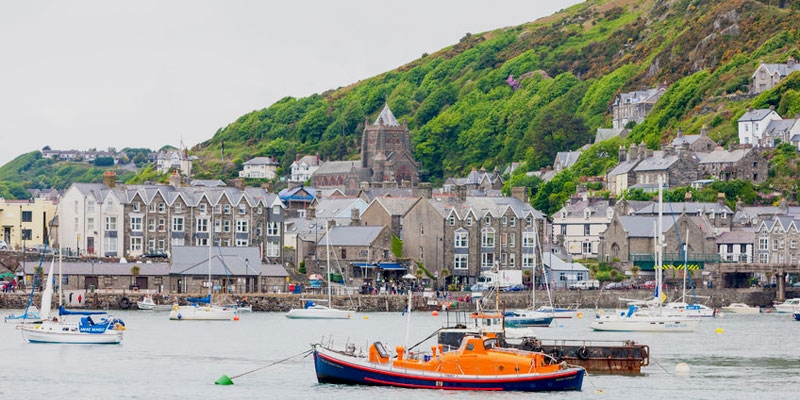 |
| Photo: LovetoEscape |
Gwynedd, located in north-west Wales, is both a county and a preserved county, including parts of the mainland and Anglesey. It borders Denbighshire, Conwy County Borough, Powys, Ceredigion, and Anglesey across the Menai Strait. The area includes much of Snowdonia National Park and the Llŷn Peninsula. Bangor, home to Bangor University, is one of its key towns.
Gwynedd is Wales' second largest and one of its most sparsely populated areas, where most residents speak Welsh. The name comes from the ancient Kingdom of Gwynedd, historically covering much of North Wales.
Gwynedd spans 2,548 km² and had 121,874 residents according to the 2011 Census. Scholars like J. E. Lloyd suggest "Gwynedd" may mean "collection of tribes" from Celtic roots.
Following the Roman era, Irish settlers arrived in the region. A 5th-century memorial stone in Penmachno refers to Cantiorix as a citizen of Gwynedd, preserving the name until Edward I’s conquest.
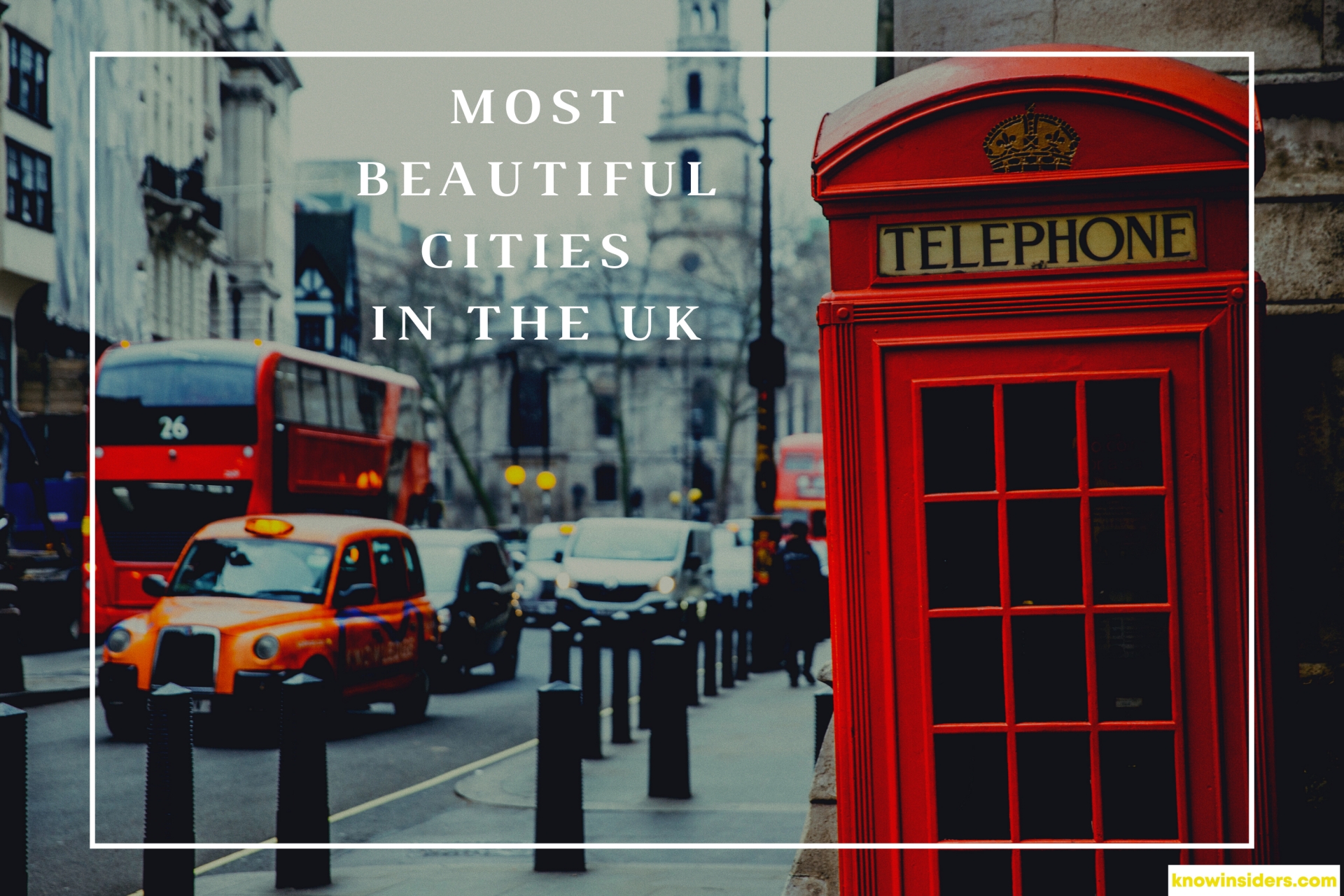 Top 10 Most Beautiful Cities In The UK Top 10 Most Beautiful Cities In The UK Ten cities in the UK have been selected in the list of most beautiful cities of the country. What are they and why? |
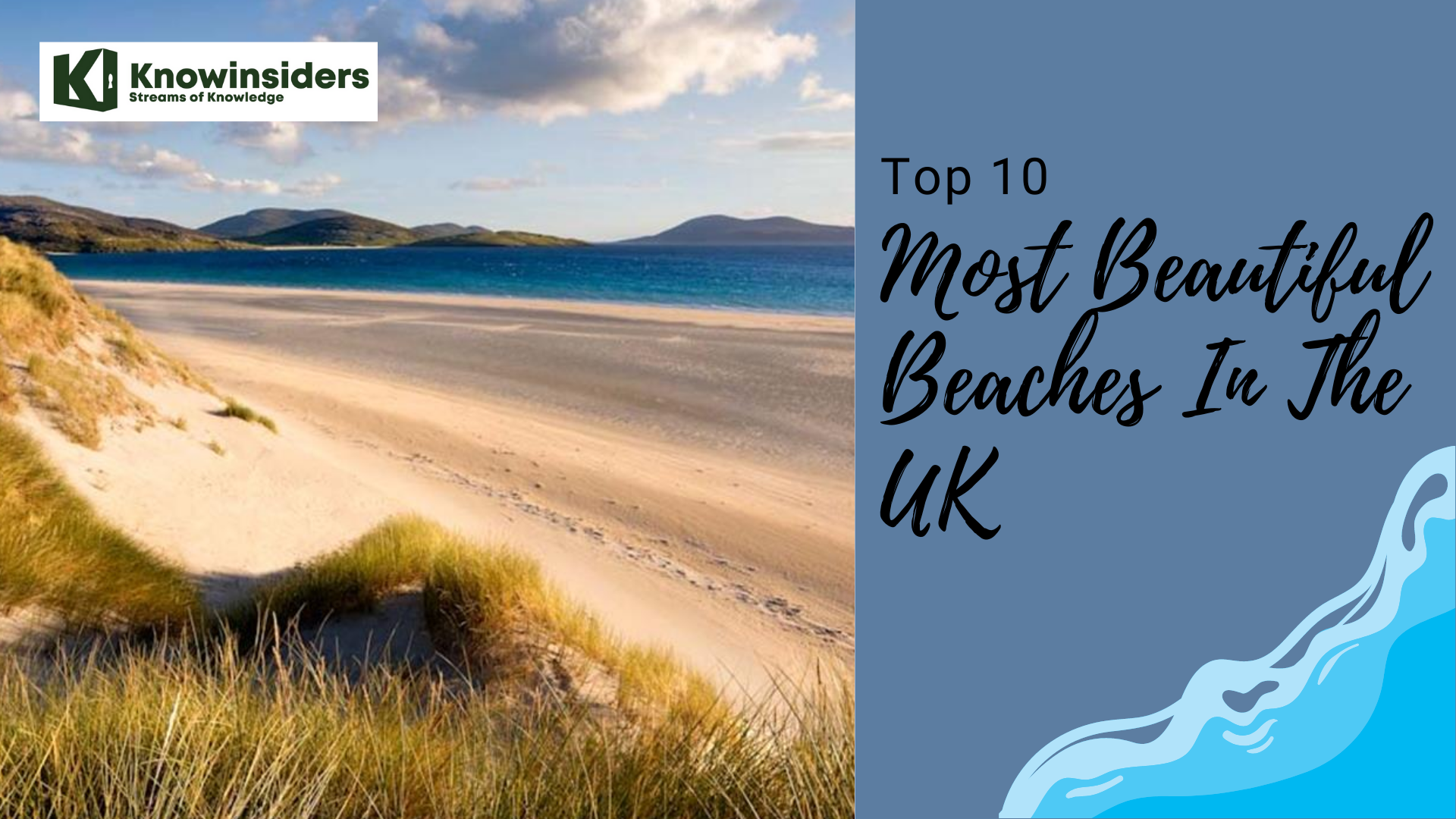 Top 10 Most Beautiful Beaches In The UK Top 10 Most Beautiful Beaches In The UK England is a land of beauty, and perfect destination for holidays and relaxation. Here is top 10 most beautiful beaches in the UK. |
























